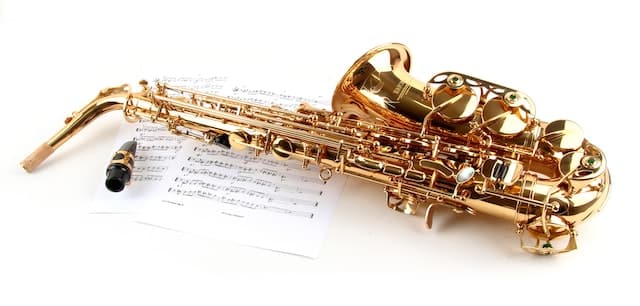The fingering system for the saxophone is different from what you find on a piano. It is important to know which one to use in order to play the right notes.
We will go through each of the main Bb fingering systems, and talk about how they work and when they are best used.
How to Choose The Best Saxophone Bb Fingering
A saxophone is a musical instrument that is used to produce sound by the vibration of a reed. It comes in various types and sizes.
The most popular types are the B-flat and A-flat saxophones. The B-flat saxophone has a range of three octaves, while the A-flat saxophone has a range of two octaves.
The fingering is different for both these instruments. The right Bb fingering should be chosen based on what you want to play on your instrument.
The fingering for a right Bb saxophone is 3-2-1. playing in this order, the player will produce a sound with the following intervals in this order: C to F#, C to G, F# to G. , D to G, D to A. , and D to F.
The 3 Major Differences in Bb Fingers – What are They and Why Do They Matter?
-The first difference is the type of material that Bb fingers are made out of. Bb Fingers come in many different materials, but the most common ones are silicone and TPR.
-The second difference is the size of a bb finger. The size of a bb finger can vary from small to large, and they can also be shaped like an egg or a cone.
-The third difference is the texture of a bb finger. Some people prefer their fingers to be smooth while others prefer them to have texture on them.
Ten Tips for Learning the Bb Fingering Patterns on a Saxophone
Learning the saxophone can be a daunting task for beginners. But with these ten tips, you’ll be able to learn the fingering patterns in no time!
- Practice at least 15 minutes every day
- Play scales and arpeggios
- Listen to other sax players you like
- Play with a metronome
- Memorize the notes on your instrument
- Practice in front of a mirror
- Learn songs you know well
- Practice with a teacher or tutor
- Use fingering charts or apps like Fingertips Saxophone Tutor to help you memorize the fingerings faster and more efficiently.
- Keep practicing

